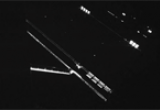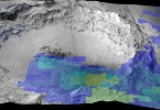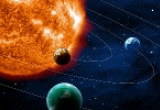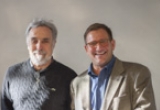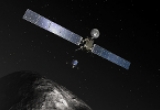After a ten-year-long interplanetary journey, Rosetta finally approaches its final destination, the nucleus of the comet Churyumov-Gerasimenko, on which the Philae module will land in November. The CIVA imaging system, designed to obtain a stereoscopic panoramic view of the surface of the comet after the landing of Philae, has just been turned on successfully, after years of hibernation, at a distance of more than 600 million km from the Sun.







